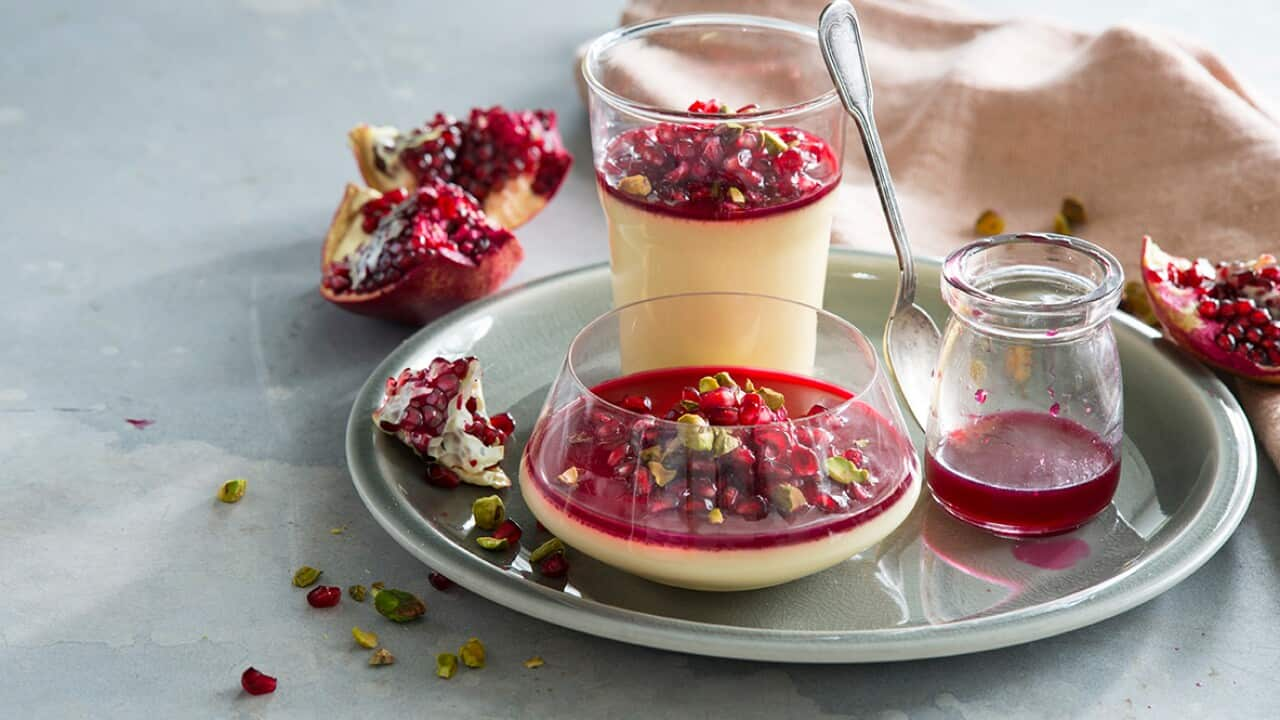Next time you’re sitting in a restaurant, marvelling at the gastronomic wonders on the plates being served to you, there’s one cultural group you need to silently thank: the French.
Head of discipline (gastronomy) at , Dr Roger Haden, explains how French history has influenced the way we currently dine and what people eat in many parts of the world.
1. A royal focus on fine dining
According to Dr Haden, the roots of degustation (the French term for tasting) menus can be traced back to France during the long reign of the many King Louis's from the . “French royal society invested a lot of wealth in the culinary arts prior to the revolution,” says Dr Haden. “Gastronomy became very much a part of the royal household and court life.”
He explains that regularly feasting on extravagant royal buffets, made with rich local produce, quickly became a thing in France’s upper classes prior to the revolution in 1789. “But the sophisticated cuisine that was in France around the end of the 18th century hadn’t really developed in the same way anywhere else in the world because France was in a unique situation – it had a very powerful royal family with a lot of money [invested in gastronomy] who had been running the country for a long time.”
2. ‘Restaurants’ are French
Restaurants (a French word) were first developed in Paris after the overthrow of King Louis XVI and family when the power of France’s food guilds began to crumble. Prior to the revolution, members of the charcutiers guild were the only people in the country allowed to sell prepared cooked meats to the public. “But in the period after the revolution, those laws governing the guilds started to weaken. Basically, chefs earned the right to be able to run their own businesses,” Dr Haden explains.
Restaurants (a French word) were first developed in Paris after the overthrow of King Louis XVI and family, when the power of France’s food guilds began to crumble.
It’s long been believed that the world’s first restaurant opened in Paris in 1765 when a , added cooked lamb to a stew he sold in his shop. The caterer’s guild sued him but they lost. This case opened the door for the restaurant business to flourish in Paris. “This was a window for the emergence of a new kind of establishment, which was the ‘restaurant’ as we now know it.”
3. Cheffing as a professional job
Dr Haden adds that professional cookery kicked off in France in the 19th century. “After the revolution, when the royal courts and aristocratic houses were dissolved, all the kitchen staff found themselves out of work. Many flocked to Paris and had opportunities to cook for a paying public rather than being paid for by a patron like the king or a duke.
“Cookery as a concept was ultimately exported to the world during the 19th century. International hotels then picked up on it at the beginning of the 20th century and flew the French flag there as well.”

So apparently these guys, sharing breakfast with Louis XIV, paved the way for contemporary cuisine. Source: iStockphoto
4. Culinary arts and molecular gastronomy
Modern food art and molecular gastronomy may also be traced back to France. Dr Hayden says French cuisine has been responsible for the development of many cooking methods and techniques (like sous-vide and poaching), which may now seem dated but were revolutionary when they were first invented. “That tradition of culinary experimentation continues today. There is a lot of scientific and technological capacity to invest in creative gastronomic activities all around the world.”
5. French fusion flavours
The expansion of the French empire across the globe, right into the 20th century, influenced cuisines in colonised countries in Asia, Oceania, Africa, North America and Europe. For example, French bread-making techniques migrated to Vietnam in the 1800s and were used to make banh mi. In Belgium, fusions of Flemish and French flavours can be seen in Carbonnade flamande, a dish resembling beef Bourguignon that is made with beer instead of red wine.
“People tend to think of their tastes as their own personal taste but they are not so personal at all,” says Dr Haden. “They are usually cultural. They usually come from ideas we have inherited along the way.”







